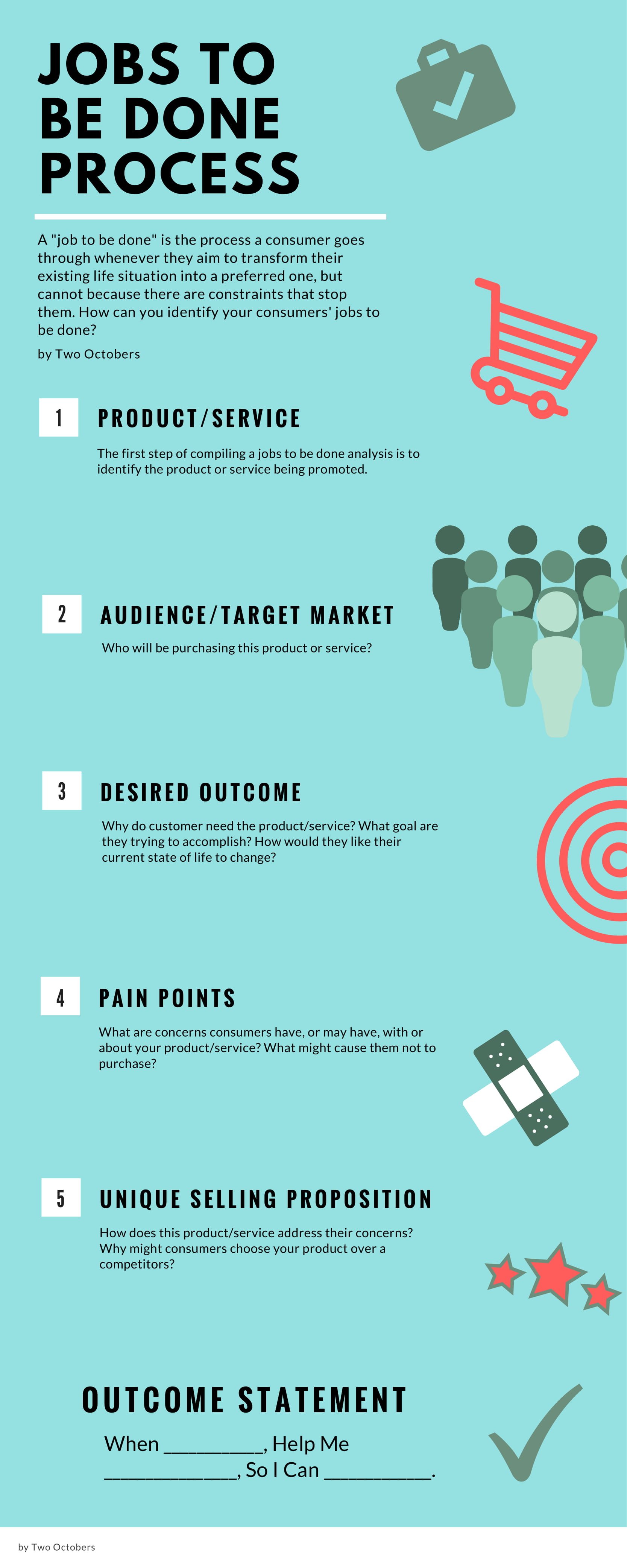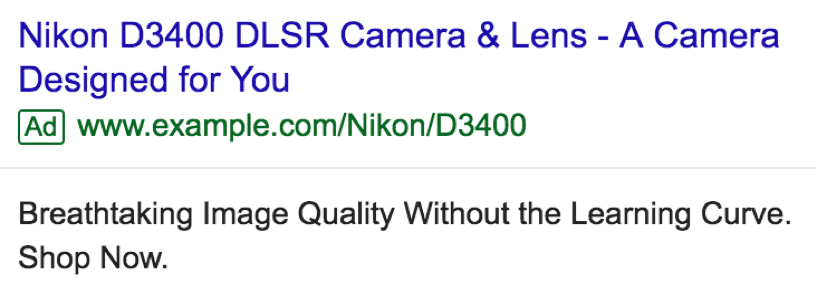By Jaimee LaTorra and Rachel Zinanti
Have you ever looked at a marketing persona and wondered what to do with the information? We love personas when it comes to ad targeting, especially for display or Facebook campaigns, because they ensure that we stay focused on key audience characteristics. But when it comes to creating content, whether it be ad copy or web copy, personas don’t always provide the right information.
Take this example: I am sitting down to write ad copy for a client selling Roomba vacuum cleaners. Do I need to know that my target consumer is a 28 year old woman who lives in the suburbs of Seattle and works as a software developer? No. Instead, I need to think about the feeling my target customer has of getting home at the end of the day and realizing that she doesn’t have to fumble with a dustpan because a little robot has already ensured her floors are dirt-free.
As digital marketers, it’s easy to get lost in the data because we have so much of it! We know the demographic information of who our website visitors are, how long our visitors are spending on our website, what pages they’ve visited, and how many times they’ve come back to our website before purchasing.

 Jobs to Be Done Messaging:
Jobs to Be Done Messaging:


Using the Jobs to be Done framework, we developed the outcome sentence:
When I am taking my child to get their haircut, help my child feel comfortable and entertained, so both of us can have a fun, trauma-free experience.
When we approached building a display campaign, we used the Jobs to be Done outcome sentence rather than the marketing persona to help us determine what kind of messaging to use to appeal to the motivations of a parent. However, our marketing persona was still valuable when identifying which display targeting options to utilize, such as demographic targeting, site placements, income targeting and more.
What we often forget are the true motivations that lead our customers to purchase.
This is where the concept of Jobs To Be Done (JTBD) comes into play. A “job to be done” is the process a consumer goes through whenever they aim to transform an existing solution to a problem into a more optimal one, but face or perceive some sort of obstacle. For example, take a camera store that sells an entry-level DSLR camera. There are a variety of age ranges and demographics that purchase the Nikon D3400, but most purchasers share similar constraints or pain points. They want to take higher quality photos than their iPhones typically allow, and are interested in capturing moments with friends and family. However, they fear the learning curve that comes with buying a higher-end camera, as well as the pricetag and clunkiness of the camera relative to using a phone. This is where using Jobs to Be Done can help us as marketers do a better job focusing our efforts on helping these target customers get past the constraints they see in their path to a preferred life situation. By putting ourselves in the shoes of these amateur photographers, we are better able to market to them in a way that resonates.Our Jobs to Be Done Process
Getting to the root of a customer’s motivations for buying a product can be surprisingly difficult. We’ve developed a set of questions that help get to the bottom of a customer’s desired outcome and pain points.
1. What product or service is being marketed?
Continuing with the camera example, we are marketing a Nikon D3400 DSLR, typically in the price range of $300-500, depending on the lenses included in the kit.2. Who would be purchasing this product?
Amateur photographers who want a step up from their iPhone.3. What is their desired outcome? How would they like to change their current state of living what job do they hope to get done by making this purchase?
They would like to take higher quality photos than their phone can capture, they want to improve their photography skills, and they want to be able to easily capture moments with family and friends.4. What are the concerns or pain points that might influence their purchase?
Consumers looking to purchase this camera might worry about the learning curve of operating a new device, a hindered ability to share photos, and the clunkiness of carrying around a DSLR instead of a phone which can typically be slipped in their pocket.5. What is our product’s unique selling proposition and how does it help address the concerns of the consumer?
The Nikon D3400 is made for amateurs: it has easy design for intuitive control, an auto or guide mode, it is compact and lightweight and offers Nikon SnapBridge connectivity so photographers can easily share their photos. Once we answer these questions, we then create an outcome statement that helps us sum up this information. The formula for that statement goes like this:So, in this camera example: When I want to take better quality photos than I’m able to with my iPhone, help me become more comfortable using my camera’s controls, so I can easily capture moments with my family and friends on the go. Once we have an outcome statement, we can craft ad copy that highlighted how this camera might alleviate the pain points of potential purchasers: Standard Messaging:When I {situation}, help me {overcome constraint}, so I can {desired outcome}.
 Jobs to Be Done Messaging:
Jobs to Be Done Messaging:

Putting Jobs to Be Done to the Test
We recently ran some A/B tests to see how our Jobs to Be Done ads held up to our more standard paid ad copy techniques. We have a client who provides furnished rentals for corporate travelers, and decided they’d be a good candidate for this test. Using our questions outlined above we produced this Jobs to Be Done outcome statement: When I am traveling for business, help make my stay homey and convenient, so I can enjoy my time and miss home less. We created new ads based around this idea and tested them against existing ads in AdWords. We saw statistically significant improved click through rate in favor of jobs to be done messaging in the two accounts on which it was tested. Conversion rates and CPA were also better than the original ad.
Putting Jobs to Be Done Together with Personas
Earlier we touched on how Jobs to Be Done can be an alternative to personas. We have found this to be true when thinking about copy specifically, but there is still a place for personas. Google display campaigns are a great example of how the Jobs to be Done framework and marketing personas can work successfully in conjunction. The Jobs to Be Done framework is essential to developing ad copy and imagery that will resonate with users so they feel compelled to interact with the ad and hopefully visit the site. However, personas provide much more valuable insights when it comes to targeting where your ads will appear. Here is an example of a persona we used when developing a display strategy for a hair salon specifically for kids:| Persona | Working Parent |
| Age | 25-54 |
| Gender | Male & Female |
| Combined HH Income | $150,000 |
| Life Interests | Parenting, News, Shopping, Money, Career, Children, Shoppers |
| Life Concerns | Money, Children, Career, Time Management, Automobiles |




